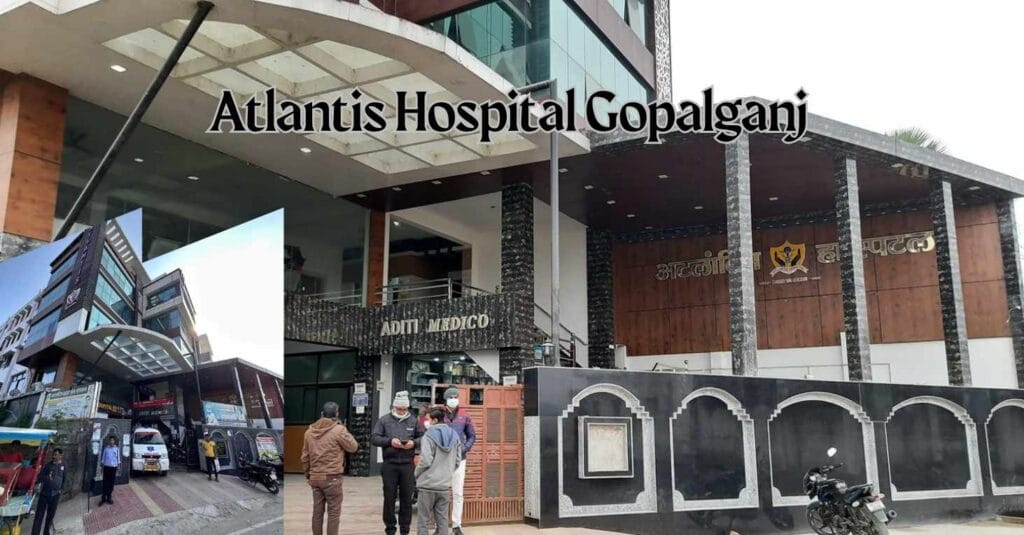The National Rural Health Mission (NRHM), launched in April 2005 by the Government of India, marked a transformative moment in the nation’s public health system. It was conceived with the goal of delivering accessible, affordable, and quality healthcare to the rural population, especially the vulnerable sections including women and children. Over the years, NRHM has played a crucial role in improving health indicators, strengthening infrastructure, and bridging the urban-rural healthcare divide in India.
Background National Rural Health Mission (NRHM)
India, home to over a billion people, has a significant rural population, accounting for about 65-70% of the total populace. For decades, rural health services lagged behind urban counterparts due to inadequate infrastructure, insufficient human resources, poor accessibility, and lack of awareness. Basic medical facilities were often out of reach for villagers, leading to high mortality rates, malnutrition, and preventable diseases.
Recognizing this disparity and its impact on national development, the Indian government initiated the National Rural Health Mission. NRHM was envisioned as a long-term initiative to revamp the rural healthcare system by ensuring effective healthcare delivery at the grassroots level.
Objectives of NRHM
The primary objectives of the NRHM were:
- To reduce infant and maternal mortality rates.
- To ensure universal access to public health services such as immunization, maternal and child health, and sanitation.
- To establish a fully functional, community-owned, and decentralized health delivery system.
- To improve the performance of existing health institutions and infrastructure.
- To promote preventive healthcare and healthy lifestyle practices.
- To mobilize communities to participate in healthcare planning and decision-making.
Key Components and Strategies
NRHM adopted a comprehensive and multi-pronged strategy to revitalize rural health. Its key components included:
1. Accredited Social Health Activist (ASHA)
One of the most innovative aspects of NRHM was the introduction of the ASHA program. ASHAs are community health workers who act as a bridge between the community and the public health system. They are trained to provide basic healthcare services, spread awareness about hygiene and nutrition, and assist with institutional deliveries and immunizations.
2. Strengthening Sub-Centres, PHCs, and CHCs
Under NRHM, significant investments were made to upgrade health infrastructure:
- Sub-Centres (SCs): First contact point for the community.
- Primary Health Centres (PHCs): Cater to around 30,000 people, providing outpatient care and basic treatments.
- Community Health Centres (CHCs): Referral units for four PHCs, offering specialist services.
These centers were modernized, better equipped, and made more accessible, ensuring improved service delivery.
3. Indian Public Health Standards (IPHS)
To ensure quality services, Indian Public Health Standards were introduced. These standards laid down norms for infrastructure, human resources, equipment, drugs, and other aspects of health centers, making the delivery of services more standardized and accountable.
4. Decentralized Health Planning
NRHM emphasized decentralized planning by involving local governance structures like Panchayati Raj Institutions (PRIs). It encouraged community ownership of health programs through Village Health and Sanitation Committees (VHSCs) and Rogi Kalyan Samitis (RKS), which ensured better oversight and responsiveness.
5. Flexible Financing and Untied Funds
NRHM introduced untied funds for SCs and VHSCs, giving them flexibility to address immediate and localized health needs. This approach enabled faster response to challenges and ensured efficient utilization of resources.
6. Mainstreaming AYUSH
To complement modern medicine, NRHM integrated traditional systems like Ayurveda, Yoga, Unani, Siddha, and Homeopathy (AYUSH) into the rural healthcare network. This expanded the range of services and catered to diverse health-seeking behaviors.
7. Training and Capacity Building
Health professionals, ASHAs, and auxiliary staff were provided regular training to enhance their skills, improve service quality, and address emerging health issues.
Achievements and Impact
Since its inception, NRHM has contributed significantly to improving rural health outcomes:
- Maternal Mortality Ratio (MMR) and Infant Mortality Rate (IMR) have seen notable reductions.
- Institutional deliveries increased dramatically due to initiatives like Janani Suraksha Yojana (JSY).
- Immunization coverage improved, contributing to better child health.
- Greater community participation improved transparency and efficiency.
- Infrastructure improvements led to better access to services, particularly in remote areas.
- ASHA workers became crucial health influencers in villages, fostering behavior change and early disease detection.
Transition to National Health Mission (NHM)
In 2013, the government launched the National Health Mission (NHM) by subsuming the NRHM and the National Urban Health Mission (NUHM) under one umbrella. This step aimed to provide a holistic and integrated approach to health system strengthening across rural and urban areas.
NHM continues to build on NRHM’s successes, while addressing its limitations. It focuses on universal health coverage, disease prevention, non-communicable diseases, and strengthening primary healthcare through initiatives like Health and Wellness Centres (HWCs).
Way Forward
To further enhance rural healthcare in India, the following steps are crucial:
- Investing in digital health solutions like telemedicine and mobile health units.
- Strengthening public-private partnerships to expand reach and quality.
- Enhancing health education and awareness to empower communities.
- Ensuring continuous capacity building and motivation of health workers.
- Increasing budgetary allocations for healthcare, particularly in under-served regions.
Conclusion
The National Rural Health Mission was a landmark initiative in India’s public health narrative. It brought rural health to the forefront of policy-making, empowered communities, and laid the foundation for a robust primary healthcare system. While challenges persist, the journey of NRHM reflects a strong commitment to equitable and inclusive healthcare. As India strides towards universal health coverage, the principles and legacy of NRHM continue to guide its path toward a healthier nation.



